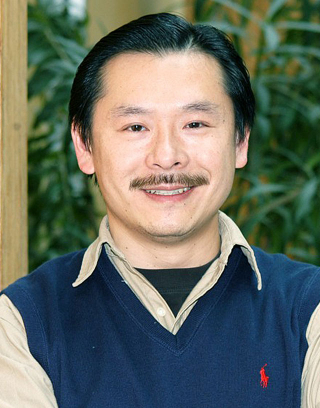Biography
After completing his resident training in Anatomical Pathology (National Taiwan University), Kuo pursued his doctoral studies at the Department of Cellular & Physiological Sciences, UBC on the topic of hypersensitivity of airway smooth muscle. Later, with the support of the IMPACT (Integrated and Mentored Pulmonary and Cardiovascular Training) program and CIHR (Canadian Institutes of Health Research) fellowship, he joined the iCAPTURE Centre at St. Paul's hospital in Vancouver as a post doctoral fellow and undertook research of ionic signalling of smooth muscle cells in pulmonary and cardiovascular dysfunctions. He currently holds the position of Chair of the Research Ethics Board in the Providence Health Care, which assesses safety issues of clinical trials that involve subjects with pulmonary and cardiovascular diseases.
Research and Expertise
Dr. Kuo's current research interests focus on the pathophysiological mechanism of cardiovascular diseases in general, ionic signaling in particular. Ionic cycling is a key feature of smooth muscle cells to ensure proper function. Hindrance and/or retardation of ionic cycling may lead to the development of hypersensitivity of smooth muscle cells and contribute to occurrences of certain disorders, such as asthma and hypertension. He has proposed an intriguing hypothesis involving ultrastructural alignment and spatial interaction of Ca2+ handling/reservoir organelles, such as the ionic channels, plasma membrane, endoplasmic reticulum, mitochondria and nuclear envelop, which are essential for maintaining proper ionic cycling. Presently, his laboratory utilizes real time Ca2+ imaging combined with high power transmission electron microscopy as well as a pressurized apparatus for microvessels in the investigation of potential mechanisms responsible for disruption of the ultrastructural alignment and spatial interaction of Ca2+ handling/reservoir organelles in the development of smooth muscle cell hypersensitivity. In the future, we plan to seek key molecules responsible for stabilizing the structural alignment of these organelles and develop a new way to approach hypersensitivity of smooth muscle cells, which may contribute to the treatment of asthma and hypertension.
Selected Publications

